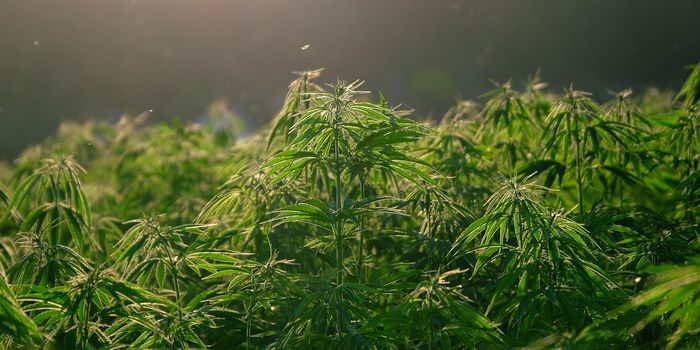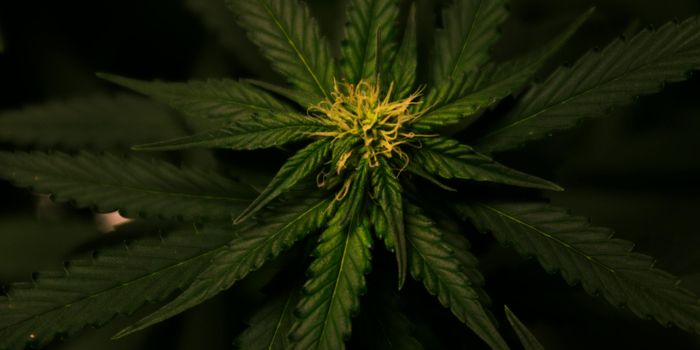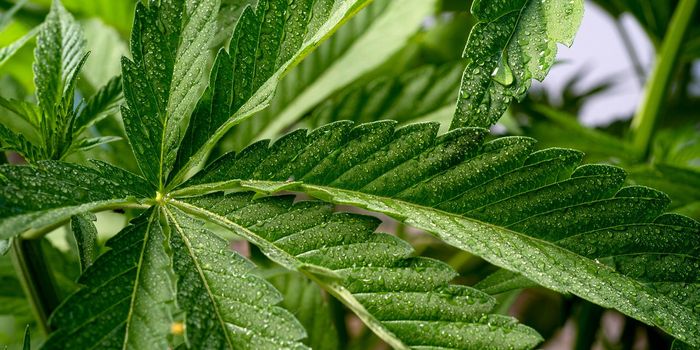Nitrogen supply impacts on cannabinoid and terpenoid levels
A recent study of the impact of nitrogen supply on cannabinoids and terpenoid levels identified the optimal level for cannabis plant application. Researchers at The Hebrew University of Jerusalem examined the chemical and functional-physiology phenotyping at the flowering stage. Plants received five Nitrogen treatments of 30, 80, 160, 240, and 320 mg L−1 (ppm) in a controlled environment. The study found that 160mg L−1 N is most effective for yield quantity or increased biomass. However, cannabinoid and terpenoid concentration levels were highest under the deficient concentration of 30 mg L−1 N. As Nitrogen applications increased from 30 to 320 mg L−1 N, Tetrahydrocannabinolic acid (THCA) and cannabidiolic acid (CBDA) decreased by 69% and 63% respectively.
Other research studies have shed light on the impact of nitrogen on cannabinoids in hemp grown outdoors. North Carolina State University hemp researchers are in the second year of a multi-year, multi-location, project to evaluate the impact of nitrogen supply on hemp’s THC and CBD percentages. Nitrogen was applied to outdoor hemp in 50-pound increments, and researchers recorded growth index measurements and analyzed tissue samples. Preliminary findings from the initial year determined Nitrogen affected CBD and THC concentrations, but these levels varied across the study’s four different cultivation plots. This variation among plots suggests a need for nutrient recommendations that take into consideration local environmental factors (humidity, water supply, etc.) that also affect Nitrogen absorption. No nitrogen was applied to the control plot, and control plants were smaller with increased leaf discoloration (yellowing) due to Nitrogen depletion. In the plot given 200 pounds of Nitrogen, plants were larger in size with green, healthy leaves.
The University of Vermont’s 2019 Hemp Flower Nitrogen Fertility Trial offered insights into how Nitrogen affects cannabinoid production. The study compared the effects of 75 pounds, 125 pounds, and 150 pounds of Nitrogen per acre on cannabinoid levels. The 75-pound Nitrogen rate had the highest values for prominent terpenes including alpha-pinene, beta-myrcene, beta-pinene, camphene, cis-betaocimene, and terpinolene. The findings from these cannabis research studies suggest that smaller or moderate amounts of Nitrogen supply may be a key factor in engineering cannabinoid and terpenoid production.
Sources:
Industrial Crops and Products, 2019 Hemp Flower Nitrogen Fertility Trial








